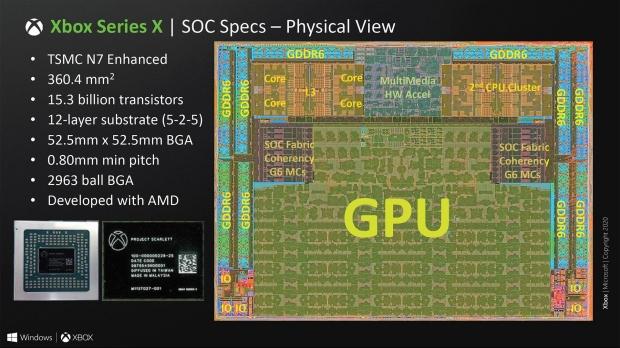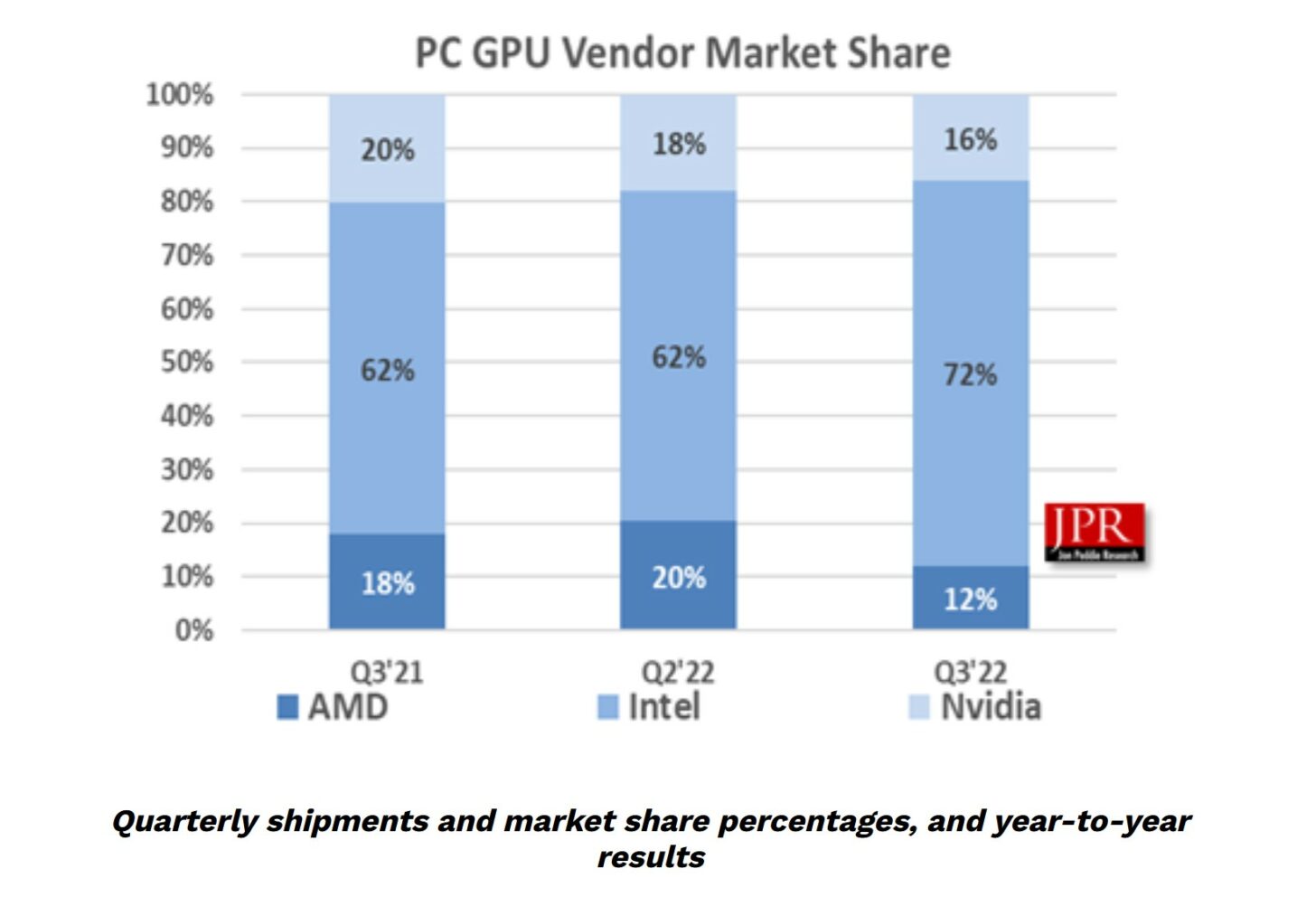GPU Costs: A Deep Dive Into The Recent Price Hikes

Table of Contents
The Impact of Cryptocurrency Mining on GPU Prices
Cryptocurrency mining, particularly using Proof-of-Work (PoW) algorithms, has significantly impacted GPU prices. The process requires powerful GPUs to solve complex mathematical problems, leading to a massive surge in demand. Ethereum, a prominent cryptocurrency that previously used PoW, was a major driver of this demand. Miners purchased GPUs en masse, often outcompeting gamers and other consumers.
- Increased demand from miners outpacing supply: The sheer volume of GPUs purchased by miners far exceeded the production capacity of manufacturers, creating significant shortages.
- Bots and scalpers exacerbating the issue: Automated bots and scalpers further aggravated the problem by snapping up available GPUs and reselling them at inflated prices, leaving legitimate consumers struggling to find stock at reasonable prices.
- The shift from Proof-of-Work to Proof-of-Stake: Ethereum's transition to Proof-of-Stake (PoS) has reduced the demand for GPUs in the cryptocurrency mining space. However, the impact on GPU costs has been gradual, as the market still adjusts to this significant change. Other cryptocurrencies still using PoW continue to contribute to GPU demand.
Global Chip Shortages and Supply Chain Disruptions
The global semiconductor shortage, exacerbated by the COVID-19 pandemic, has had a devastating impact on GPU availability and pricing. Factories faced closures and logistical bottlenecks, disrupting the supply chain and leading to production delays. Geopolitical factors, including trade wars and sanctions, further complicated the situation.
- Factory closures and logistical bottlenecks: Lockdowns and disruptions to transportation networks significantly hampered the production and distribution of GPUs.
- Increased raw material costs: The cost of raw materials needed to manufacture GPUs, such as silicon wafers, increased substantially, contributing to higher production costs.
- The impact of trade wars and sanctions: Geopolitical tensions have impacted the availability of essential components and materials, adding to the overall strain on the supply chain.
Increased Manufacturing Costs and Inflation
Beyond the chip shortage, the cost of manufacturing GPUs has increased significantly due to rising energy prices, higher labor costs, and increased transportation expenses. This, coupled with global inflation, has further driven up GPU prices.
- Rising energy prices: The energy required to power factories and manufacturing processes has become more expensive, adding to the overall cost of production.
- Increased labor costs: Wages for skilled labor in the semiconductor industry have risen, contributing to higher manufacturing costs.
- Transportation costs impacting final pricing: The cost of shipping components and finished products has increased dramatically, impacting the final price consumers pay for GPUs.
High Demand from Gamers and Professionals
The demand for high-performance GPUs is not solely driven by cryptocurrency mining. Gamers' increasing preference for high-resolution gaming and esports, coupled with the growing needs of professionals in fields like AI research and video editing, fuels the demand.
- The rise of high-resolution gaming and esports: The popularity of high-resolution gaming (4K and beyond) and competitive esports necessitates more powerful GPUs, driving demand.
- Increased demand for GPU-accelerated software: Many professional applications, including AI training, video rendering, and scientific simulations, rely heavily on GPU acceleration, creating a significant demand for high-end GPUs.
- The growing popularity of cloud gaming and its indirect impact on GPU costs: While cloud gaming might seem to reduce individual GPU demand, it actually increases the overall demand for powerful server-side GPUs, indirectly influencing the market.
Strategies for Managing GPU Costs
While GPU costs remain high, several strategies can help consumers manage their expenses and acquire GPUs without breaking the bank.
- Consider pre-owned GPUs: Purchasing a used GPU in good condition can significantly reduce the cost. Thoroughly check the condition and warranty before buying.
- Compare prices across different retailers: Shop around and compare prices across various online and offline retailers to find the best deals.
- Wait for sales and promotions: Keep an eye out for sales events and promotional offers, which can sometimes lead to significant discounts.
- Build your own PC to potentially save money: Building a PC yourself can sometimes offer better value compared to buying a pre-built system, allowing more control over component choices.
- Consider alternative solutions (e.g., cloud gaming): Cloud gaming services offer an alternative to owning a high-end gaming PC, potentially saving on GPU costs.
Conclusion
The high GPU costs we're experiencing are a result of a complex interplay of factors: cryptocurrency mining, global chip shortages, increased manufacturing costs, and high demand from gamers and professionals. While the shift away from PoW mining for Ethereum has helped, the overall situation remains challenging. Looking forward, we can anticipate ongoing fluctuations in GPU pricing, depending on the resolution of global supply chain issues and the continued evolution of cryptocurrency mining. To manage your GPU budget effectively, monitor GPU costs, understand GPU pricing, research GPU market trends, and carefully consider your purchasing decisions. Don't rush into a purchase; research thoroughly and compare prices before committing to a new GPU.

Featured Posts
-
 Are Gpu Prices Out Of Control Again A Market Analysis
Apr 28, 2025
Are Gpu Prices Out Of Control Again A Market Analysis
Apr 28, 2025 -
 Gpu Prices Soar Are We Facing Another Crisis
Apr 28, 2025
Gpu Prices Soar Are We Facing Another Crisis
Apr 28, 2025 -
 Egypt Hosts Hamas Delegation For Gaza Ceasefire Discussions Trumps Remarks Add Complexity
Apr 28, 2025
Egypt Hosts Hamas Delegation For Gaza Ceasefire Discussions Trumps Remarks Add Complexity
Apr 28, 2025 -
 Wildfire Wagers A Disturbing Sign Of The Times In Los Angeles
Apr 28, 2025
Wildfire Wagers A Disturbing Sign Of The Times In Los Angeles
Apr 28, 2025 -
 Bof As View Addressing Investor Concerns About Stretched Stock Market Valuations
Apr 28, 2025
Bof As View Addressing Investor Concerns About Stretched Stock Market Valuations
Apr 28, 2025
Latest Posts
-
 Red Sox Roster Update Outfielders Return Impacts Lineup Casas Moves Down
Apr 28, 2025
Red Sox Roster Update Outfielders Return Impacts Lineup Casas Moves Down
Apr 28, 2025 -
 Boston Red Sox Adjust Lineup Casas Lowered Outfielder Back In Action
Apr 28, 2025
Boston Red Sox Adjust Lineup Casas Lowered Outfielder Back In Action
Apr 28, 2025 -
 Red Sox Lineup Changes Triston Casas Slide And Outfield Return
Apr 28, 2025
Red Sox Lineup Changes Triston Casas Slide And Outfield Return
Apr 28, 2025 -
 Red Sox Lineup Shakeup Casas Demoted Struggling Outfielder Returns
Apr 28, 2025
Red Sox Lineup Shakeup Casas Demoted Struggling Outfielder Returns
Apr 28, 2025 -
 Red Sox Outfielder Breakout Could This Player Be The Next Jarren Duran
Apr 28, 2025
Red Sox Outfielder Breakout Could This Player Be The Next Jarren Duran
Apr 28, 2025
